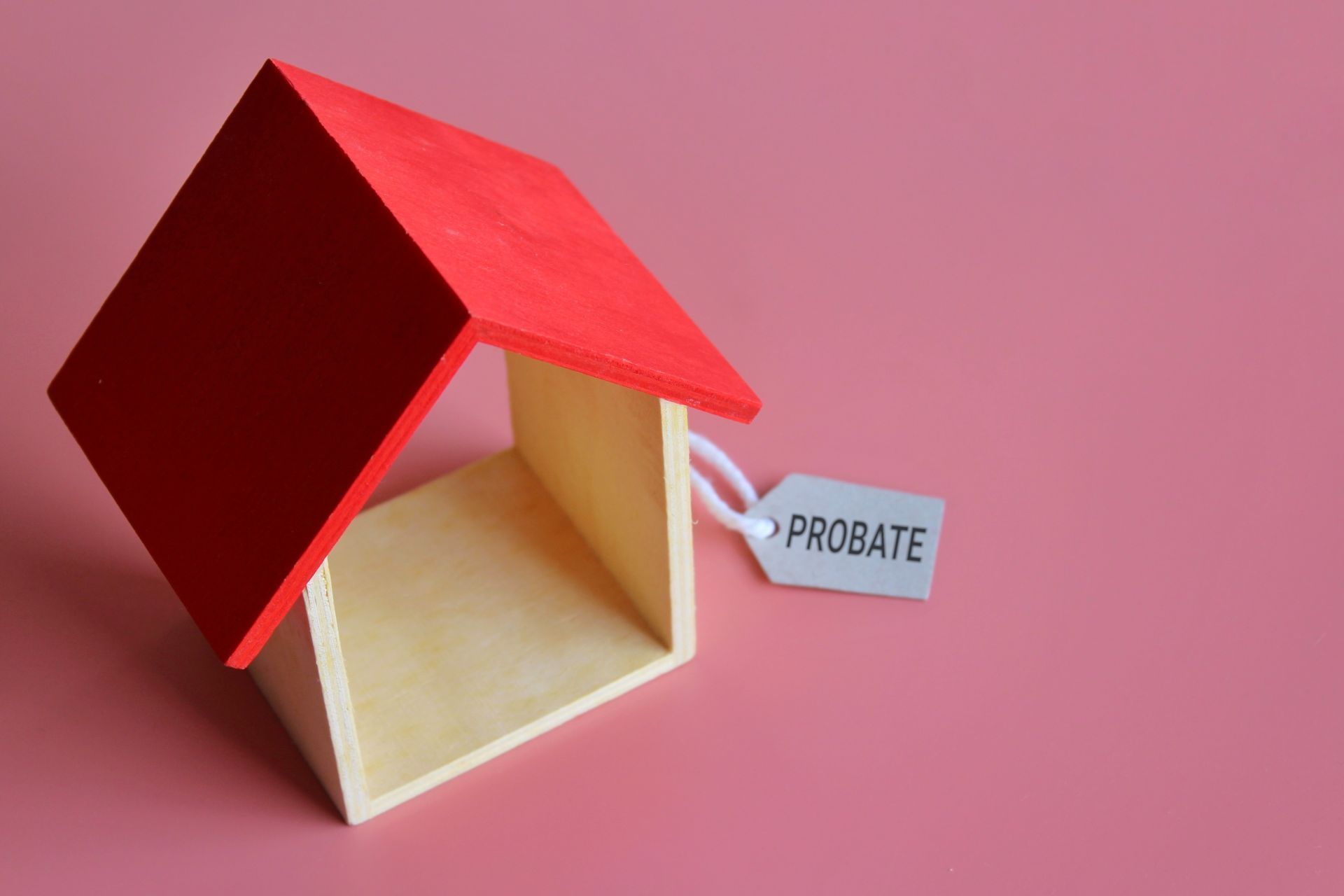Who Owns the Property in a Trust?
Did you know that more than 20% of Americans over age 65 have a trust as part of their estate plan? That number keeps growing every year because trusts offer families a way to protect property, save on taxes, and avoid the long, costly probate process. But one common question still confuses many people: Who actually owns the property in a trust?
Whether you’re considering putting your house in a trust, already have a family trust, or are acting as a trustee, understanding who holds legal rights to the property is critical. In this guide, we’ll break it down in simple terms so you know exactly where you stand.
Understanding the Family Trust Meaning
A trust is a legal arrangement where one person (the trustor or grantor) transfers property to another person (the trustee) to manage for the benefit of one or more people (the beneficiaries).
Here’s how it works:
- Trustor/Grantor – The person who creates the trust and puts property into it.
- Trustee – The person or institution responsible for managing the trust property.
- Beneficiary – The person (or people) who benefit from the trust.
In a family trust, the trustor is often a parent or grandparent who wants to ensure property passes smoothly to their children or other loved ones without going through
probate court.
Does a Trustee Own the Property?
This is where the confusion starts. Many people assume that if someone is the trustee, they “own” the property. But the answer is a bit more nuanced.
- Legal Ownership – The trustee has legal title to the property. This means they have the authority to manage it according to the trust’s terms. They can sell it, lease it, or invest it, but only for the benefit of the beneficiaries.
- Beneficial Ownership – The beneficiaries have equitable ownership. They are the ones who ultimately benefit from the property, whether that means living in it, receiving income from it, or inheriting it.
So, the trustee controls the property, but they don’t own it for personal use. They must act in the best interest of the beneficiaries at all times.
What Happens When You Put Your House in a Trust?
Putting a house in a trust means the legal title to your home transfers from your name to the trust’s name. For example:
- Before: The deed says “John Smith.”
- After: The deed says “John Smith, Trustee of the Smith Family Trust.”
You may still live in the home, pay the mortgage, and make all decisions while you’re alive—especially if you name yourself as trustee. But legally, the property now belongs to the trust, not you personally.
This change can offer several benefits:
- Avoiding Probate – Your home passes to your heirs without court involvement.
- Privacy – Probate is public; trusts are private.
- Control After Death – You can set conditions for how and when beneficiaries receive the property.
Types of Trusts and Ownership Rules
Ownership in a trust also depends on the type of trust you have:
1. Revocable Living Trust
- You can change or cancel it anytime while you’re alive.
- You typically act as both the trustor and trustee.
- You maintain full control of the property, even though the trust holds the title.
2. Irrevocable Trust
- You cannot change or cancel it without beneficiary approval.
- You give up direct control, and the trustee manages it.
- Often used for tax benefits, asset protection, or Medicaid planning.
In both cases, the trust—not you personally—owns the property once it’s transferred.
Common Misunderstandings About Property Ownership in a Trust
Myth 1: The trustee can use the property however they want
False. A trustee must follow the trust’s terms and act in the best interests of the beneficiaries. Misusing trust property can lead to legal consequences.
Myth 2: The trustor loses all rights after transferring property
Not always. In a revocable trust, the trustor can still manage, sell, or refinance the property.
Myth 3: Trust property is untouchable by creditors
This depends on the trust type. Revocable trust assets are still considered part of the trustor’s estate and can be reached by creditors.
Why Knowing Who Owns the Property Matters
Understanding property ownership in a trust helps you:
- Protect your rights – If you’re a beneficiary, you’ll know what you’re entitled to.
- Avoid legal disputes – Misunderstandings about trust ownership often lead to family conflicts.
- Plan your estate better – If you’re setting up a trust, you’ll make informed decisions about trustees and terms.
For example, if your parents have placed the family home in a trust and named your sibling as trustee, that sibling does not “own” the house in the personal sense. They simply manage it for the beneficiaries, which might include you.
Steps to Take Before Putting Property in a Trust
- Talk to an Estate Planning Attorney – They can explain tax effects, legal requirements, and best structures for your needs.
- Choose the Right Trustee – Pick someone trustworthy, organized, and willing to follow the trust’s terms.
- Understand the Paperwork – The property deed must be updated to show the trust as the legal owner.
- Review the Trust Regularly – Life changes, and your trust should reflect new circumstances.
Real-Life Example
Let’s say Linda puts her house into a revocable family trust and names herself as trustee. She still lives in the home, pays the bills, and makes decisions. Legally, the trust owns the property, but Linda retains control.
When Linda passes away, her chosen successor trustee takes over. The home is transferred to her children (the beneficiaries) without going through probate. Throughout the process, no individual “owned” the home outright—it remained under the trust’s legal title.
Final Thoughts
So, who owns the property in a trust? The trust is the legal owner. The trustee holds the title and manages it, but always for the benefit of the beneficiaries. The trustor decides the terms, and beneficiaries enjoy the property or its benefits according to those terms.
If you’re thinking about putting your house in a trust or already have one, knowing the roles and responsibilities of each party will help you avoid costly mistakes and family disputes.
If you’re ready to protect your home and loved ones with a trust, contact
Doane & Doane today for experienced estate planning guidance.
FAQs: Property Ownership in a Trust
Does a trustee own the property in a trust?
A trustee has legal title and control over the property but does not own it for personal use. The property is managed for the benefit of the beneficiaries.
Can I live in a house that is owned by a trust?
Yes, if the trust allows it. In many cases, the trustor lives in the property even after transferring it into the trust, especially with a revocable trust.
Who owns property in a revocable trust?
The trust holds legal title, but the trustor usually retains full control and can change or revoke the trust during their lifetime.
What happens to the property when the trustee dies?
The successor trustee named in the trust document takes over management of the property according to the trust’s terms.
Is property in a trust protected from creditors?
Not always. In a revocable trust, the property is still part of your estate and may be subject to creditor claims. An irrevocable trust can offer more protection.
Disclaimer: The information on this website and blog is for general informational purposes only and is not professional advice. We make no guarantees of accuracy or completeness. We disclaim all liability for errors, omissions, or reliance on this content. Always consult a qualified professional for specific guidance.
RECENT POSTS






